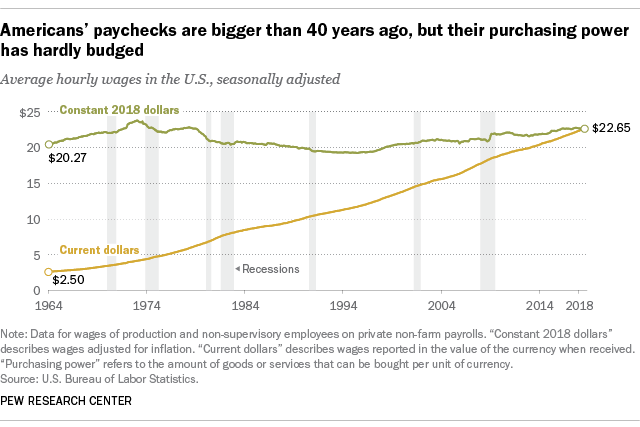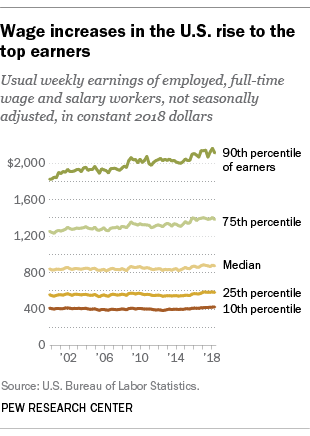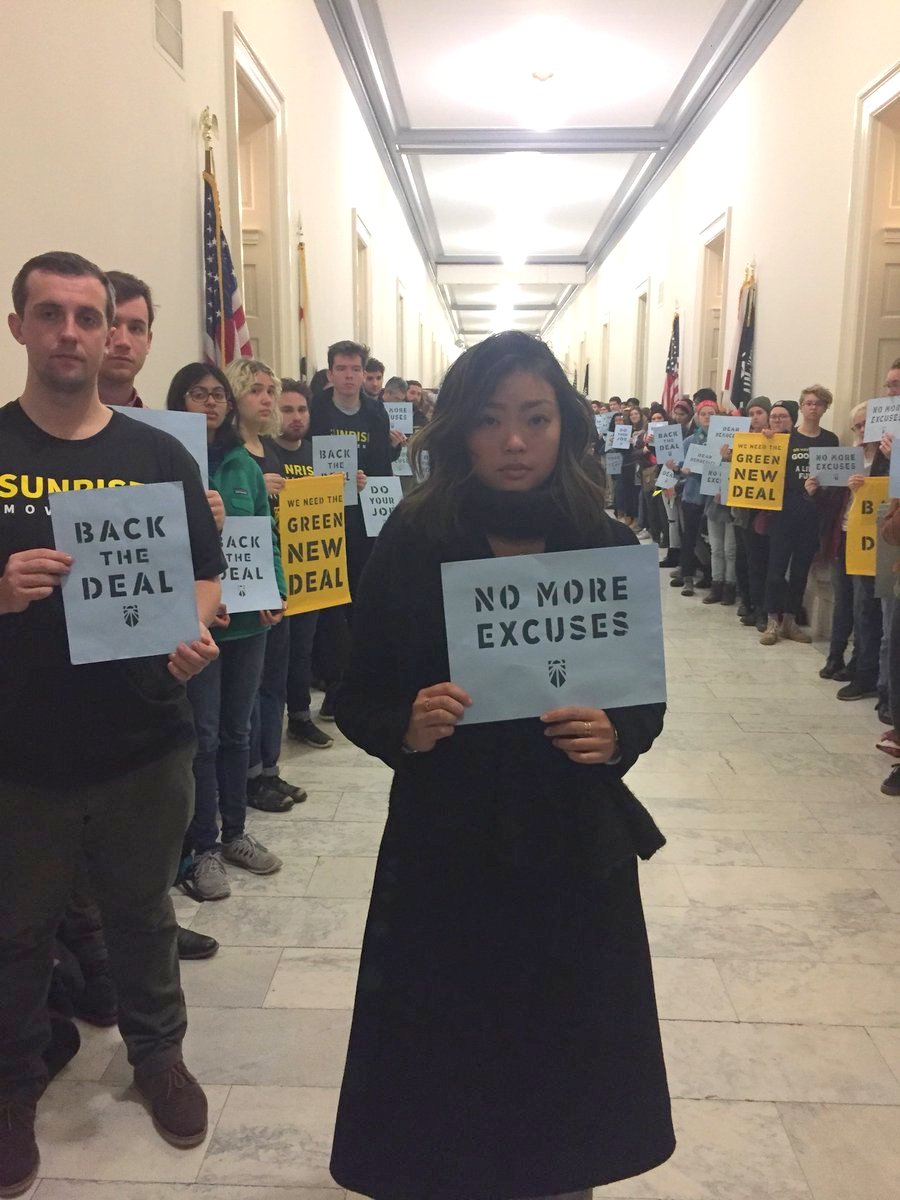The Daily Escape:

Autumn in Hunza Altit Valley Pakistan – 2017 photo by Nasr Rahman. This shows that beauty can exist in very difficult places.
In 1785, Thomas Jefferson called for a geometric progression in taxes on assets of property holders as a way of lessening inequality. People with more assets would pay much higher taxes. Today, we’re still in search of policies that will do the trick. From The Fiscal Times:
Democratic Sen. Elizabeth Warren and Rep. Alexandria Ocasio-Cortez have sparked intense debate this month by proposing higher taxes on the rich, with Warren calling for a wealth tax and Ocasio-Cortez proposing a 70% top marginal tax rate.
But, Senate Republicans are moving in the opposite direction. Three GOP senators reintroduced legislation to permanently repeal the federal estate tax. The 2017 GOP tax overhaul has already reduced the number of estates subject to the tax by roughly doubling the value of assets that can be excluded from the tax. For 2019, this tax will only be paid by 1,700 families, but that’s all too much for Republicans.
Axios just reported on what Americans think about taxes:
Polling has found tax increases on the wealthy to be popular. A survey earlier this month by The Hill and HarrisX found that 59% of registered voters, including 45% of Republicans, support increasing the top income tax bracket to 70%. A Fox News poll released last week found that 70% of voters favor tax increases on families making over $10 million a year and 65% favor tax hikes on incomes over $1 million annually. Paying taxes is a complicated and controversial issue. What is not controversial is the need for people to take advantage of tax services that can help ensure they pay the right tax and thus appease the ever-lurking IRS. Going to http://daveburton.nyc/tax-services-nyc/ will provide more detail on this.
Those numbers suggest that a complete repeal of the estate tax might be about as popular as the polar vortex.
This shows how vast the gulf is between Republicans and Democrats on taxes. A poll by Axios, along with SurveyMonkey, ironically presented at Davos, showed that 70% of Americans think the economic system is skewed toward the wealthy and the government should do more to fix it. It further showed respondents are ready to vote for a 2020 candidate who agrees.
- 58% of people surveyed say that “unfairness in the economic system that favors the wealthy” is a bigger problem than “over-regulation of the free market that interferes with growth and prosperity”
- Among 18-24 year-olds, that gap is a chasm: 76% to 21%
- Among those 65 and older, it’s a very narrow 51% to 46%
- 89% of Democrats agree
- 68% of independents agree
- But 77% of Republicans say over-regulation of the free market is a bigger problem than economic unfairness
- A huge majority of Democrats (90%) said they would be excited to vote for a candidate who promises to reform the economic system, with 71% of independents saying the same.
(SurveyMonkey’s online poll was conducted January 16 through 18, 2019 among a national sample of 2,277 adults.)
After WWII, America had very high marginal tax rates, and one result was corporate income was reinvested in the company, rather than given to top management or shareholders. Why give 70% of every dollar to the government?
Back then corporations, in exchange for limited liability, assumed they had fiduciary duties to the public and to their employees as well as shareholders. But the Right got behind the doctrine that a corporation’s only duty was to their shareholders. CEO’s became significant shareholders through stock options.
Then, Reagan and Bush lowered taxes on corporate and personal income, and dividends.
Our basic political issue in America has become: “Does the economy exist to serve the nation, or does the nation exist to serve the economy?”
Our affirmative vote must be for the economy to serve the nation. Over the past 40 years, we have reduced taxes for high earners and corporations. We’ve added loopholes that subsidize corporations, but our need for infrastructure spending hasn’t declined, and our military spending has grown dramatically.
Over the past forty years, the share of income taxes paid by corporations has declined. It is now only 9% of US government tax revenues. It was about 24% in 1960.
We’ve financed the tax cuts for high earners and corporations with ever growing budget deficits. The golden age for these policies must end now.
We need to go back to the days of socially responsible capitalism, not the predatory capitalism we have today. High marginal income tax rates will help. In addition, taxing dividends at the same as ordinary income is a good idea.
Let’s raise the capital gains tax above its current 20% rate.
Let’s find a Constitutional way to tax wealth as Elizabeth Warren suggests. Add a very small transaction tax on sales of stock on all public markets.
It’s time to move past the politics of “What can America do about inequality without corporations and rich people actually giving anything up?”
This isn’t an anti-corporate, anti-wealth assault, it is a necessary corrective to bad tax policy from the 1970s to today.












